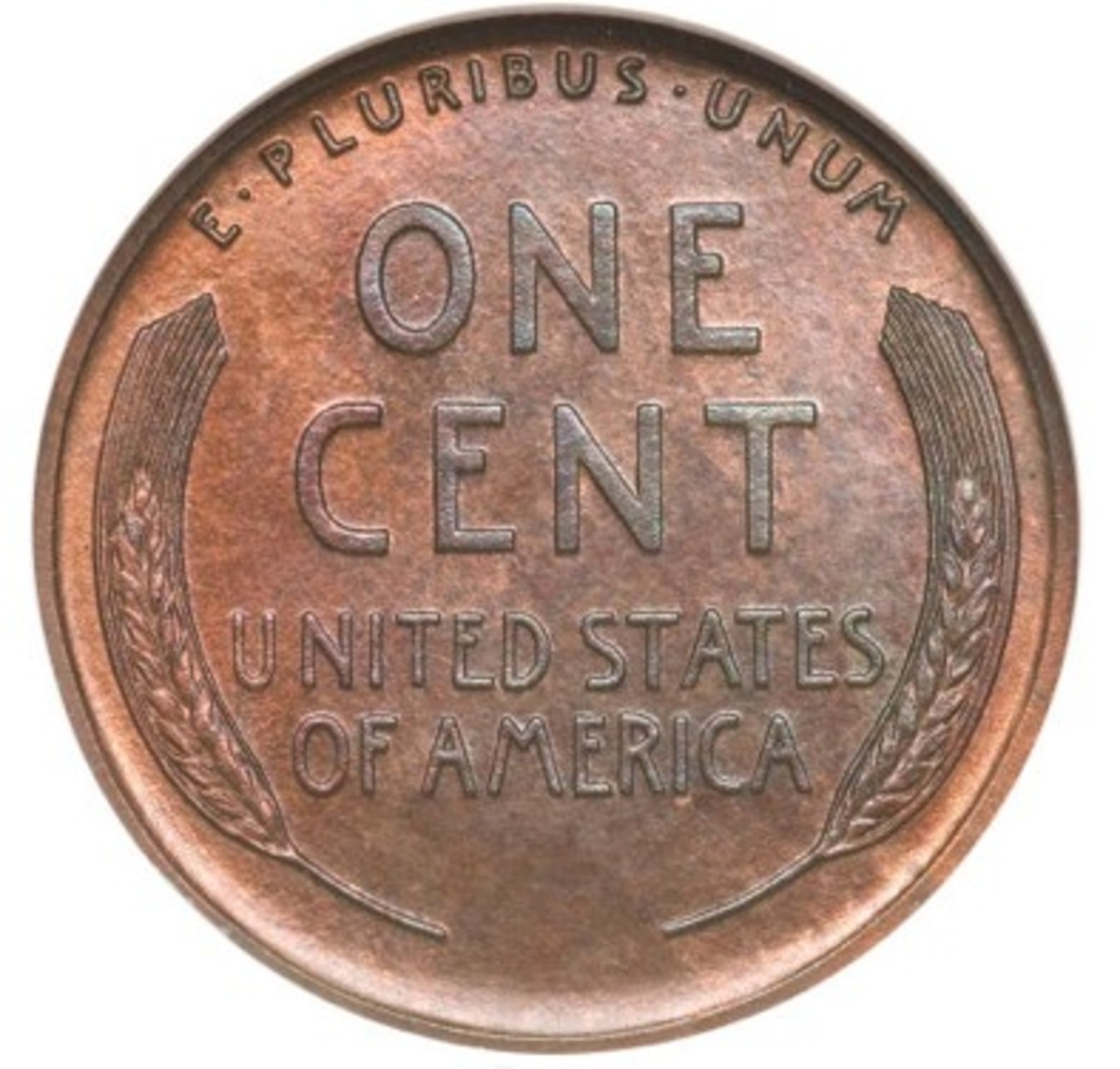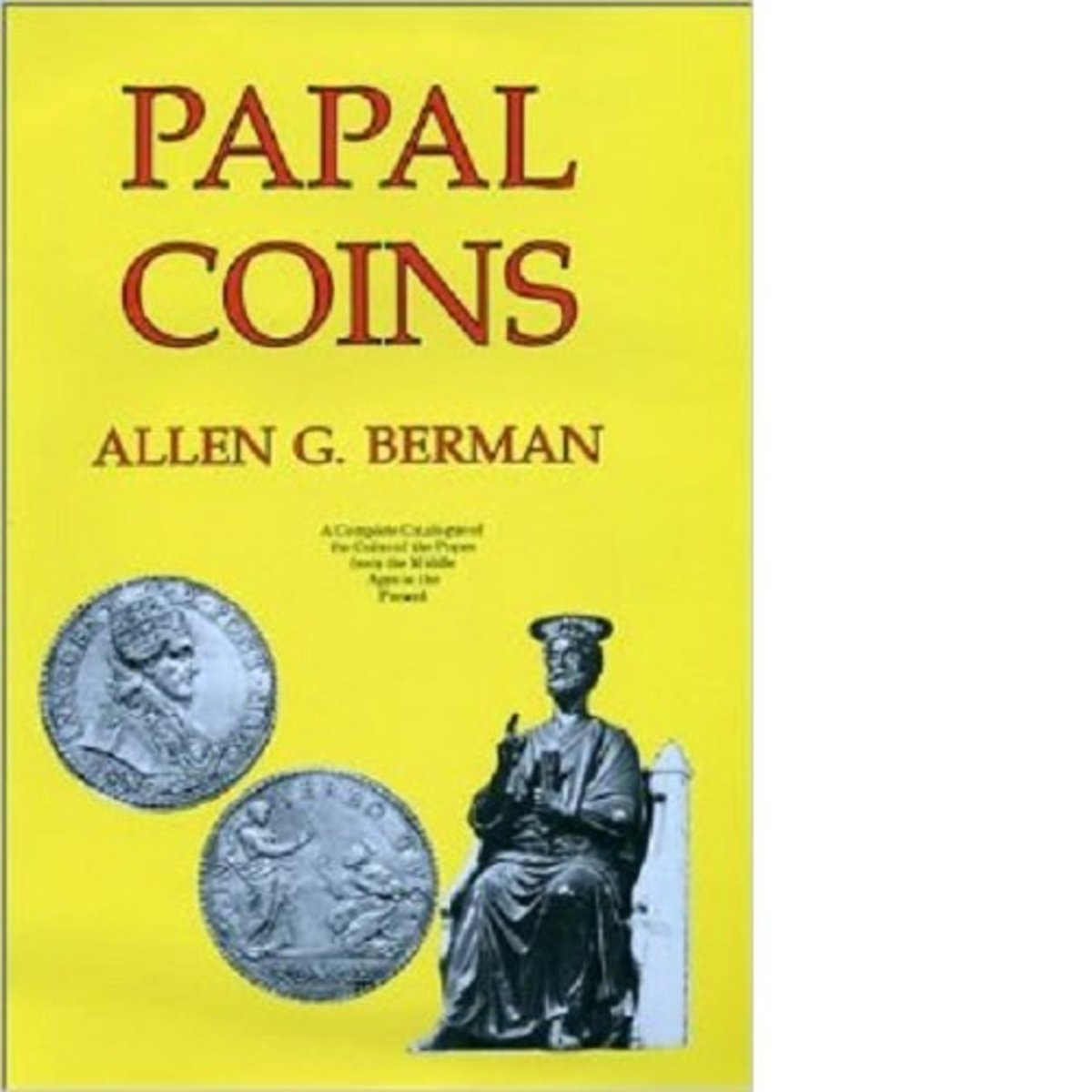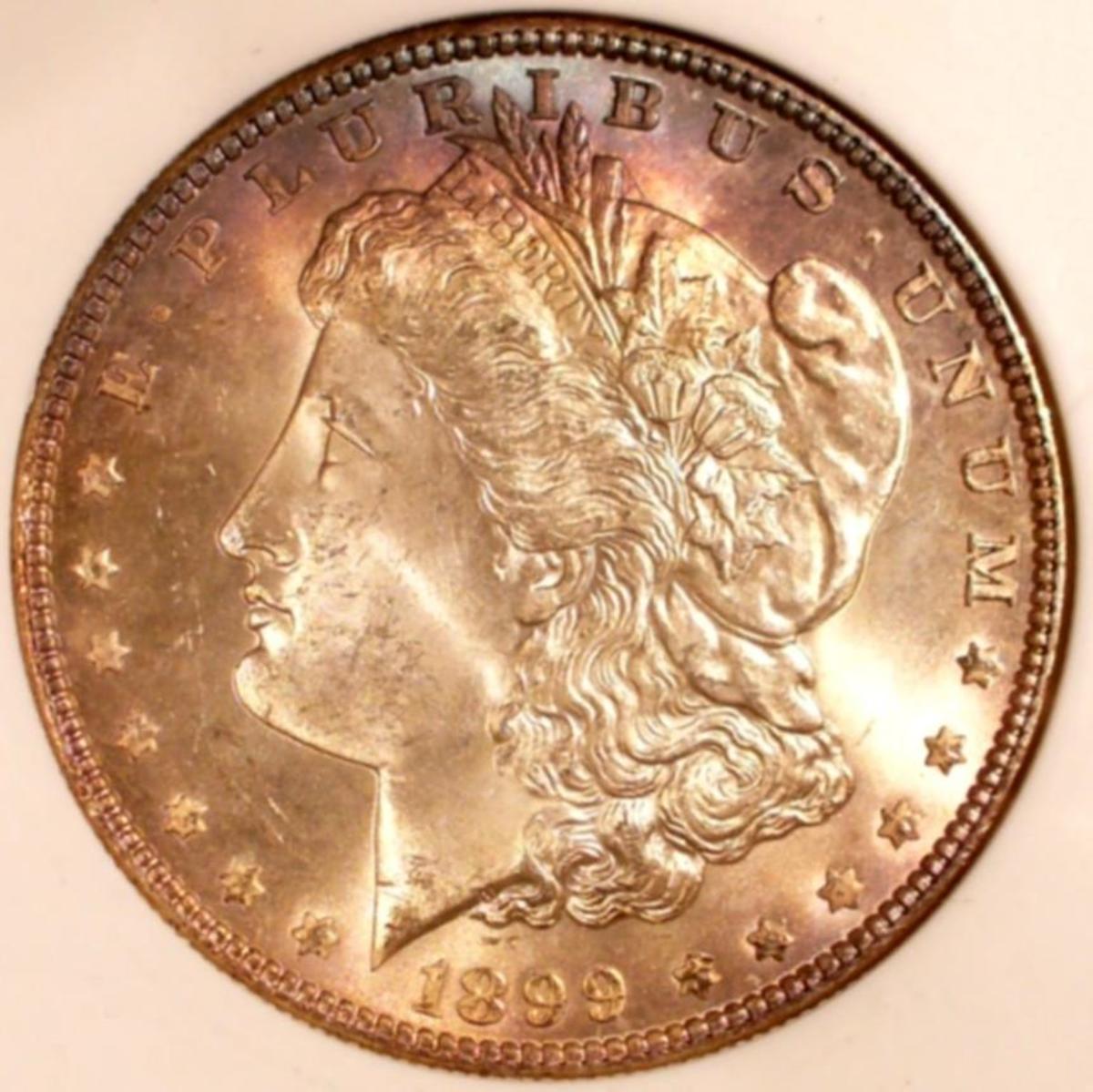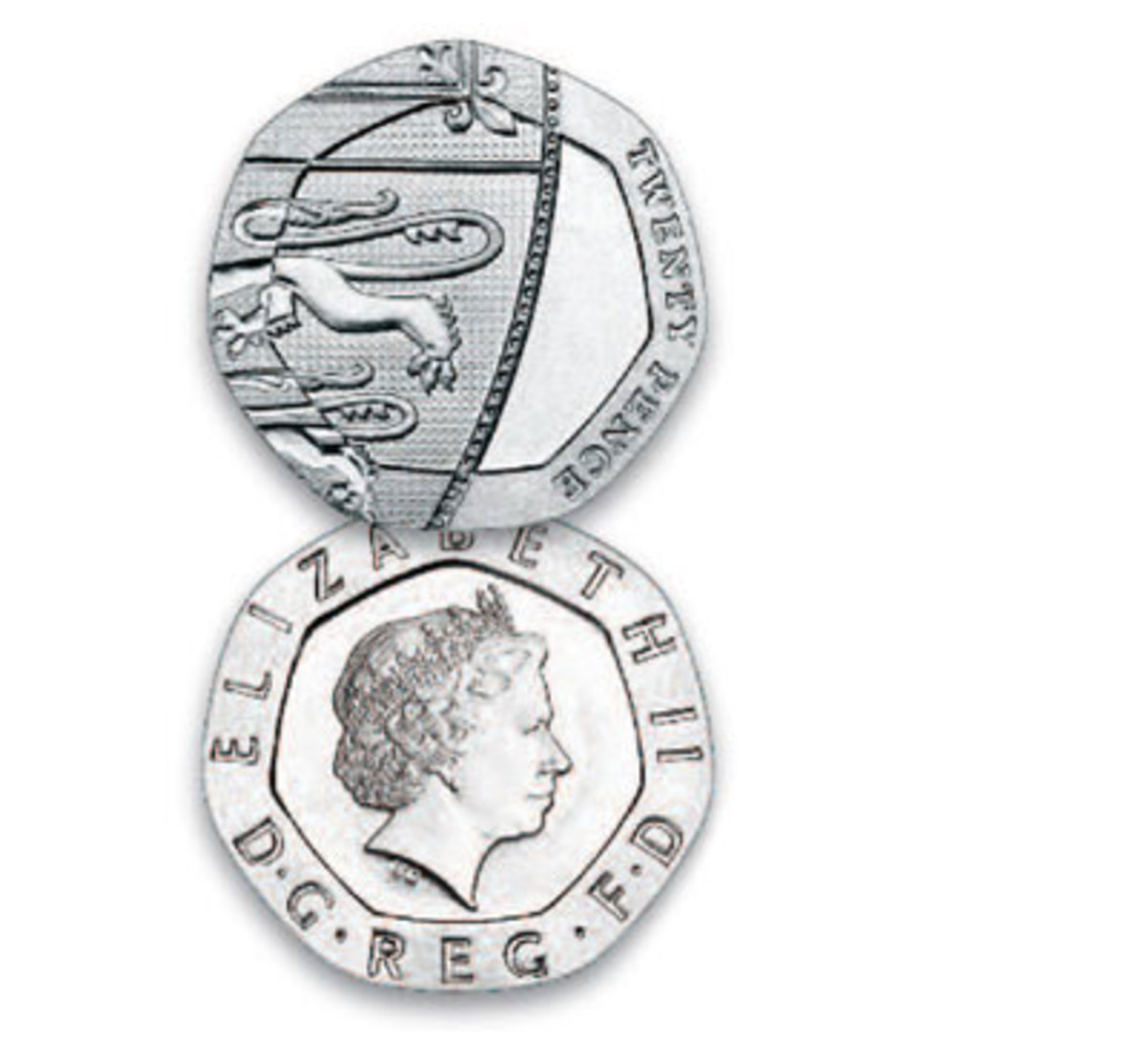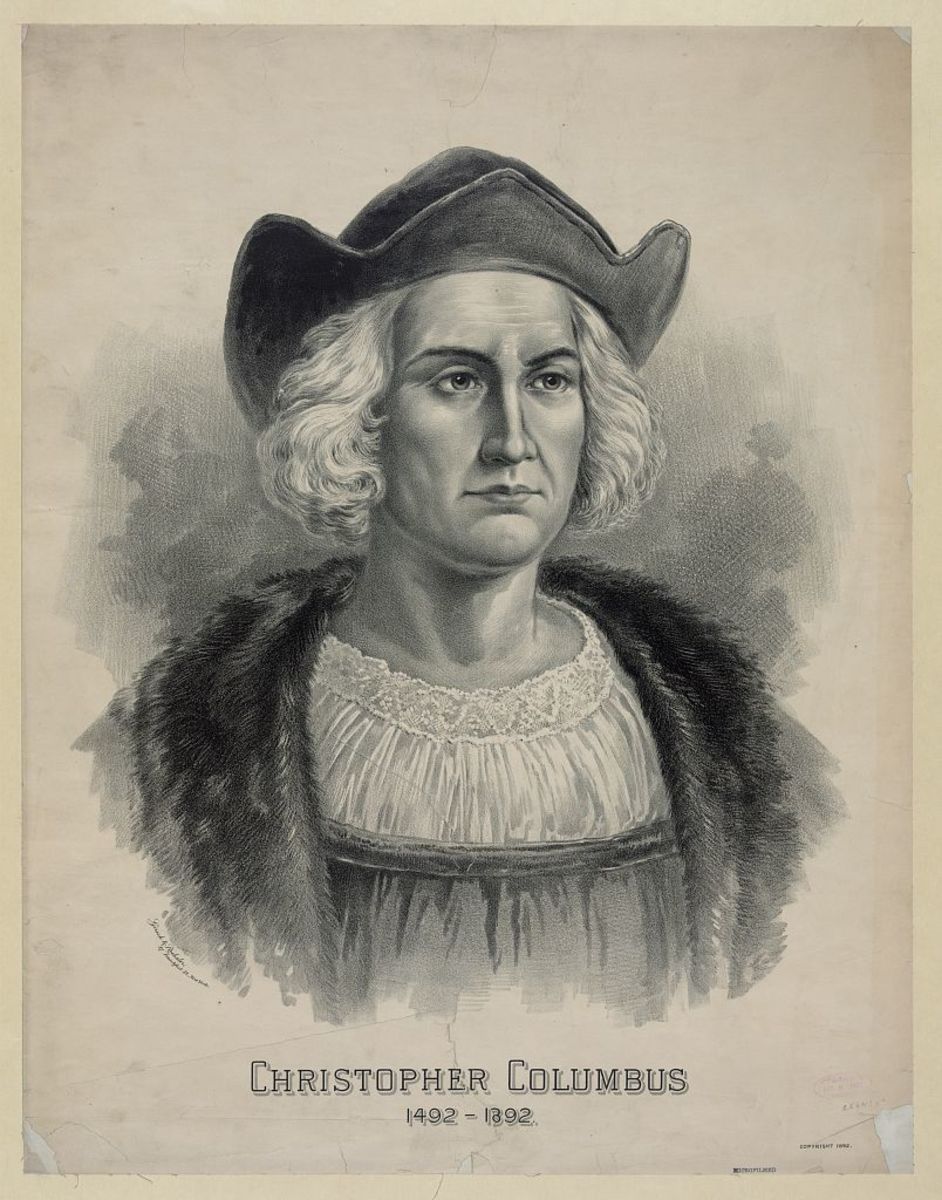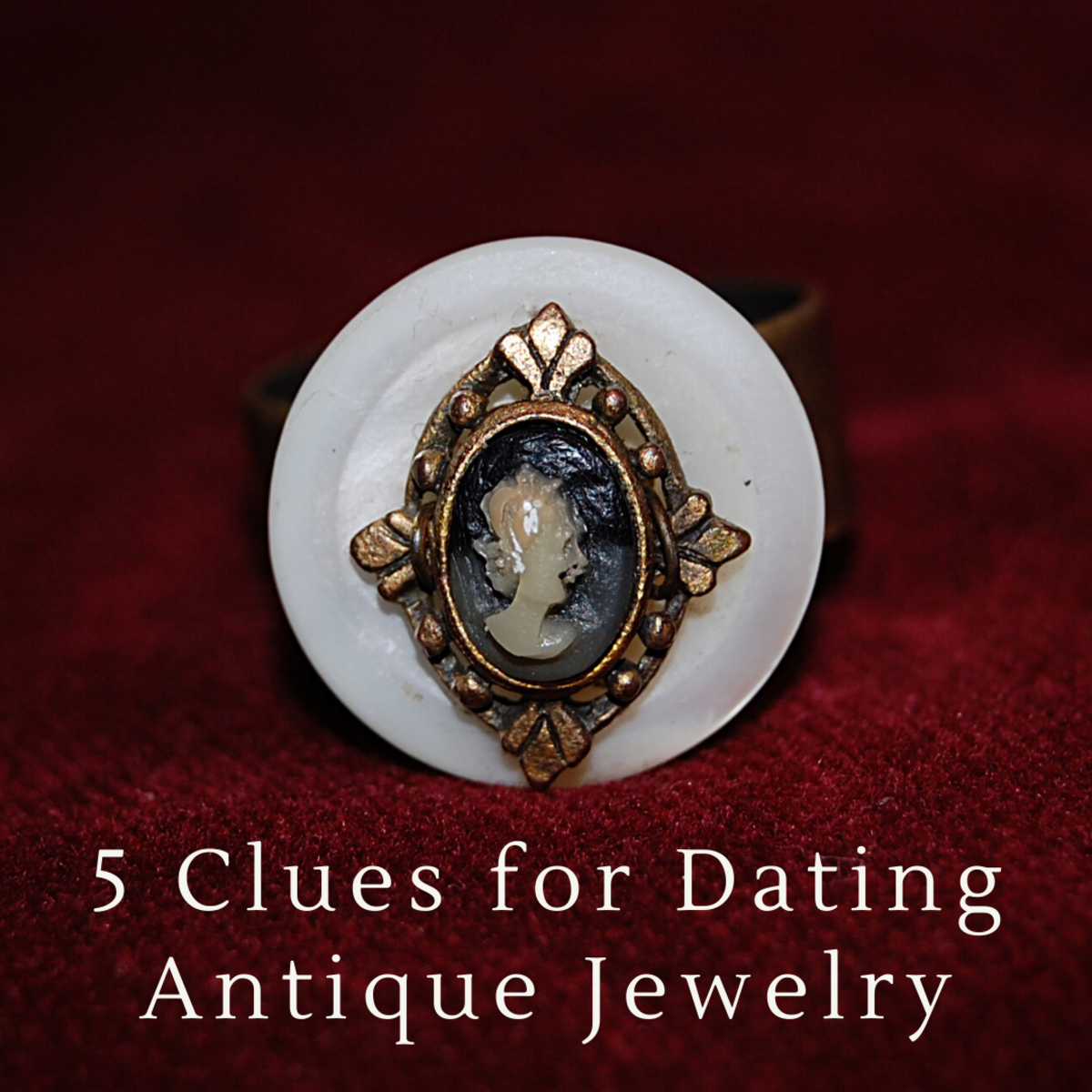Spanish Coins: Maravedí
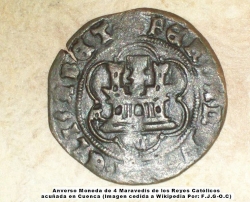
Spanish Maravedi
The story of Spanish coins begins with the Spanish maravedi, a Spanish coin whose origins go back a thousand years. The maravedi developed out of the gold dinar issued by Spain's Moorish Almoravid rulers. The gold dinar was also sometimes called the marobotin or marabet. The gold dinar was first struck in Spain by the Emir of Cordoba. In the 12th century, the maravedi or marabotin issued by Christian kings, Ferdinand II of Leon and Alphonso VIII of Castile, was made of gold. The maravedi of Alphonso VIII still bore the Arabic inscriptions of the dinar but with the addition of the king's initials in the Latin alphabet. This gold maravedi, known as the major Maravedi, had disappeared by about 1300. Henry I, Alphonso's son, continued to issue the maravedi but his sister Berenguela and nephew Ferdinand III made a coin which was equivalent to the Muslim half-dinar, or masmudina. This was also called a "maravedi," although its value was only three-fifths of the maravedi of Alfonso VIII. After this lower-value coin was introduced, the Muslim dinar became known as the "double" maravedi or dobla. The Christians' version of the dobla remained in circulation in Castile until it was replaced by a copy of the Venetian ducat, the ducado, in 1497. Muslim rulers in North Africa and Granada continued to mint masmudinas up to the reign of Ferdinand and Isabella. The minor maravedis of varying weights and compositions were issued by succeeding monarchs of Christian Spain. There were maravedis of silver and others of copper as wells as alloys of copper with other metals. In the 14th century, when the silver real coin was first created by Don Pedro the Cruel (1350-65), the king of Castile, the value of the real was fixed at three maravedis. However, by the time Spain's monetary system with its confusing array of coinages and their constantly fluctuating value was restructured and overhauled by Ferdinand and Isabella in the late 1400s the maravedi was valued at about 30 maravedis to the real or sometimes less. Later, in 1537, Charles I introduced the escudo as the standard gold coin in Spain. By that time the value of the maravedi was about 1/34 of the real. After the discovery of America, copper maravedis were the first coins struck for the purpose of circulation in the colonial island of Hispaniola, and are considered the first coins of the New World. Crude maravedis were used as for small transactions. Initially produced in Spain specially for the Indies, they were later struck locally at Hispaniola years before the mints of Mexico and Santo Domingo were officially established. The maravedi coin was issued in Spain until about 1847.
Etymology: MaravedÃ
From Arabic (an inflected plural of murabit), the name of the Berber rulers of Muslim Spain during the 12th century.
What Is A Maravedà Worth?
...the Maravedi of gold was worth 6 Maravedis Burgaleses, or 15 Sueldos Burgaleses or Dineros Prietos, or 60 Maravedis Novenos, or 75 Sueldos Comunes, or 90 Dineros Burgales, or 180 Dineros Pepiones, or 600 Dineros Novenos.
Some Faces of the MaravedÃ
- The Maravedà of Philip III
Philip III, also known as Philip the Pious, was the King of Spain, Portugal and the Algarves, from 1598 until his death in 1621. He was the son of Philip II of Spain and his fourth wife (and niece) Anna, daughter of the Emperor Maximilian II and Mari - The Maravedà of Philip IV
Philip IV was King of Spain from 1621 to 1665, sovereign of the Spanish Netherlands, and King of Portugal until 1640. He patronized artists such as Diego Velázquez, and ruled Spain during the Thirty Years War (1618-48). On the eve of his death in 16 - The Maravedà of King Philip V
This copper coin was minted 1718-1720 in Spain. The coins were issued at Barcelona, Zaragoza, and Segovia. The value of this coin was about 1/32 of a Spanish real. This coin was issued by King Philip V who was a grandson of France's Louis XIV. A nati - The Maravedà of King Ferdinand VI
The son of Philip V and Maria Luisa of Savoy ruled from 1746 to 1759. Ferdinand "The Learned" was fond of music and shooting.He married Barbara of Portugal whose death in 1758 broke his heart. During his reign he tried to stimulate commerce with the - The Maravedà of Charles III
Charles III was the King of Spain and the Spanish Indies from 1759 to 1788. He was the eldest son of Philip V of Spain and his second wife, the Princess Elisabeth Farnese. In 1731, as the Duke of Parma, he conquered the kingdoms of Naples and of Sici - The Maravedà of King Charles IV
Charles IV, a grandson of Philip V, was king of Spain from 1788 until 1808 when he was forced to abdicate in favor of Napoleon. He preferred to spend his time hunting and often left governmental affairs to his wife and the prime minister, Manuel de G - The Maravedà of Joseph Bonaparte
The Bonaparte maravedÃs were issued 1809-1813 in Segovia. Joseph-Napoléon Bonaparte (1768 - 1844) was the elder brother of Napoleon Bonaparte, who made him King of Naples and Sicily (1806-1808), and later King of Spain (1808-1813, as José I). Afte - The Maravedà of Ferdinand VII
Ferdinand VII, eldest son of Charles IV and Maria Luisa of Parma, ruled Spain briefly in 1808 and then from 1813 to 1833. Ferdinand spent six years in captivity in France, at Talleyrand's Chateau of Valençay, while Napoleon's brother Joseph Bonapart - The Maravedà of Isabel II
Isabella II, daughter of Ferdinand VII and his fourth wife Maria Cristina, a grandniece of Marie Antoinette, was three years old when she was proclaimed queen regnant in 1833, when her father died. At age 16 she was forced to marry her first cousin F
A Maravedi By Another Name
From: Money and civilization: or, A history of the monetary laws and systems of various states since the Dark Ages, and their influence upon civilization.
The popular names given to the maravedi differed from time to time. The "Alfonsines" were those coined by Alfonso the Wise, 1252-84. The "Viejas," or old ones, at one time meant those of Ferdinand IV, 1295-1312; the same term was afterwards used for those coined previous to Ferdinand and Isabella, 1474-1504. The "Nuevas" meant the new ones. The "Buenas," or "Maravedises de Buena," meant those (of billon) which contained the most silver. The "Blancas," or whites, were those which showed the least copper. The "Cobreños," or "Usuales," were this which showed the most copper. the "Burgales," or Burgaleses," were coined at Burgos for "interior commerce."
Author: Alexander Del Mar
"an thou dost go on to put thy filthy lucre in the balance with thy daughter's life and honour, by Heaven, I will strip thee of every maravedi thou hast in the world, before three days are out!"
From the novel Ivanhoe, Sir Walter Scott, 1819
1257 AD: Appearance of the maravedà in England
From "The Middle Ages Revisited" by Alexander Del Mar
"Down to the year 1204, or, practically to 1257, the gold coins lawfully circulating in England had been supplied exclusively by the Basileus (European king claiming to be the emperor of the Romans), and consisted...of the beast and its fractions. When in that year Henry resolved to invade the prerogative of the Sacred empire, he struck, not a solidus, nor a fractions of a solidus, but a Moorish maravedi, a piece which commerce with the Spanish-Arabians had rendered familiar to Englishmen under the various names of maravedi, new talent, obolus de Murcia, gold penny, etc. The maravedi of that period contained 40 to 43 grains of fine gold. It circulated in England, not like the beast, by force of law and immemorial usage, but merely because it was a justly minted and well-known coin of regular weight and fineness and preferable to the adulterated and clipped coins which had made their appearance when the besants (coins made by the Crusaders) began to disappear in the reign of John. The maravedi had filled the circulation in continually increasing proportions. Its low valuation in silver, 10 for 1, proves that it had no standing in the law."
Middle Ages Revisited, 341
The Maravedi was first coined in Spain during the dynasty of the Amoravedes, hence its name. One of these coins, struck in Murcia (A.D. 1153), during the interregnum between the Almoravede and Almohade dynasties, is called by Queipo a "Mourdanish," which we are inclined to believe is a misnomer.
Reception of the maravedà in England
From "Middle Ages Revisited" by Alexander Del Mar, page 342-3
"The weight of Henry's gold coins was 43 grains 0.965 fine, equal to about 41 1/2 grains fine. They were probably intended to weigh exactly the same as one gold maravedi, or two silver sterlings. These coins he called "oboli" and ordered them to pass for twenty silver sterlings (or half-dirhems), a ratio apparently of 10 for 1, but really of 9 for 1, because his sterlings weighed less than 20 grains and were only 0.925 fine. It is alleged that these gold coins were objected to on commercial grounds, by the merchants of London. This is hardly credible, because the coins were really undervalued. They could be bought with 9 weights of pure silver, whereas they were worth twelve, which was the universal ratio of the times, in all Christian states. This conclusion is strengthened by the circumstance that these same "oboe" after being temporarily demonetized, were raised by Henry's command, in 1269, to 24 pence, a ratio of 12, and that at this ratio they actually passed current without objection….The only valid reason that can be assigned for the objection made to them was the superstitious repugnance to accept gold coins not stamped with the authority of the Sacred empire. This repugnance may have been enhanced by the fear that the coins would not be currently accepted in England, or if in England, not in other Christian states."
England's gold standard
At the time that England's Henry III coined a gold maravedi, he was trying to rectify a trade imbalance. English merchants were using silver coins or barter but Flemish merchants would accept only gold florins from Florence for their wares. The gold maravedi's of Henry were not accepted for various reasons. Later, in the 1300s, Edward III issued a gold double-florin that was similarly rejected. Interestingly, the double-florin was the first coin stamped with the words "dei gratia," meaning by the grace of God. Until that time the kings of England had coined only by the grace of Caesar or the pope. The Flemish finally agreed to accept the gold "noble" coin issued by the English king provided that it be minted in Flanders. Middle Ages Revisited, page 346: "Down to the issuance of the gold nobles, the monetary systems of the English monarchy belonged to the Empire, they conserved no local or national principles, they contained no lessons for Englishmen. But from this moment they assume an entirely different phase and bearing, they become imbued with life, they partake of the spirit which had begun to animate the nation to which they belong, they occupy a distinct position in the British Constitution, and they bear upon them the marks of those endless struggles and vicissitudes through which the Anglo-Saxon races have born the standard of religious and political liberty."
The Maravedà of Christopher Columbus
Christopher Columbus: his life, his works, his remains, Page 490
By John Boyd Thacher
"The entire amount of money expended by the Crown and by Columbus in equipping the first expedition we estimate to have amounted to the sum of 1,167,542 maravedis. thus if the value of the maravedi is reckoned on the silver basis, the expedition cost in our money of today $4,560.41, or about 942 English pounds sterling; if on the gold basis, it cost $7,203.73, or about 1488 pounds. We are inclined to believe that the most satisfactory method of arriving at the relative valves of the maravedi and our modern coin is to consider the purchasing power of silver in relation to that of gold at the end of the fifteenth century and to compare that with the purchasing power of gold today. We therefore prefer to accept the value of the maravedi at $.00617. The sum seems small, but we must remember that the purchasing power of money was much greater four hundred years ago than it is today….It is doubtful if $80,000 would today accomplish what was then done with the actual expenditure of a sum equal to $7,203.73 in our money. Under any circumstances, whether we consider the maravedis expended or the results achieved, we may regard it as the most fortunate outlay of money since gold and silver and copper were minted into coin."
An artist's salary
Michael Sittow (1469–1525), one of the most important Flemish painters of his era, was a painter from Reval (now Tallinn, Estonia), was trained in the tradition of Early Netherlandish painting. For most of his life, Sittow worked as a court portrait painter, for Isabella of Castille, the Habsburgs and others in Spain and the Netherlands. In 1492 Sittow was working in Toledo as court painter for Queen Isabella and was the highest-paid painter in the queen's court, receiving a salary of 50,000 maravedis a year (Juan de Flandes, the second highest paid artist, received 20,000 maravedis). Sittow was nicknamed "Melchior Alemán."
Cervantes Indebtedness
Spanish author Miguel de Cervantes spent some time in debtors' prison after he was unable to collect 79,804 maravedÃs claimed by the Crown. "They might as well have asked him for the moon. As we have seen, he had not the means to buy himself food and clothes. He was, of course, unable to meet the Treasury's demand, and it seems likely that he was imprisoned again in 1602 (he was imprisoned in 1597 and also in 1603); to which year is assigned the publication of his sonnet (preface) in Lope de Vega's maledictory poem, La Dragontea.
Los Cuatro MaravedÃs
A one-act comedy from playwright Juan Catalina (1830-1870) set in Barcelona was first performed at the Prince of Madrid Theater on Nov. 7, 1862. The playwright himself performed the role of Enrique. The play concludes with this appeal to the public:
You have already seen that I am
an implacable debt collector,
and until I collect, untiringly
after my debtors I go.
That you owe me today
applause; I do believe;
but if it is not so, by my faith,
we will not be stubborn about that;
do not give it to me, and praise God.
But I will collect it some other day.


